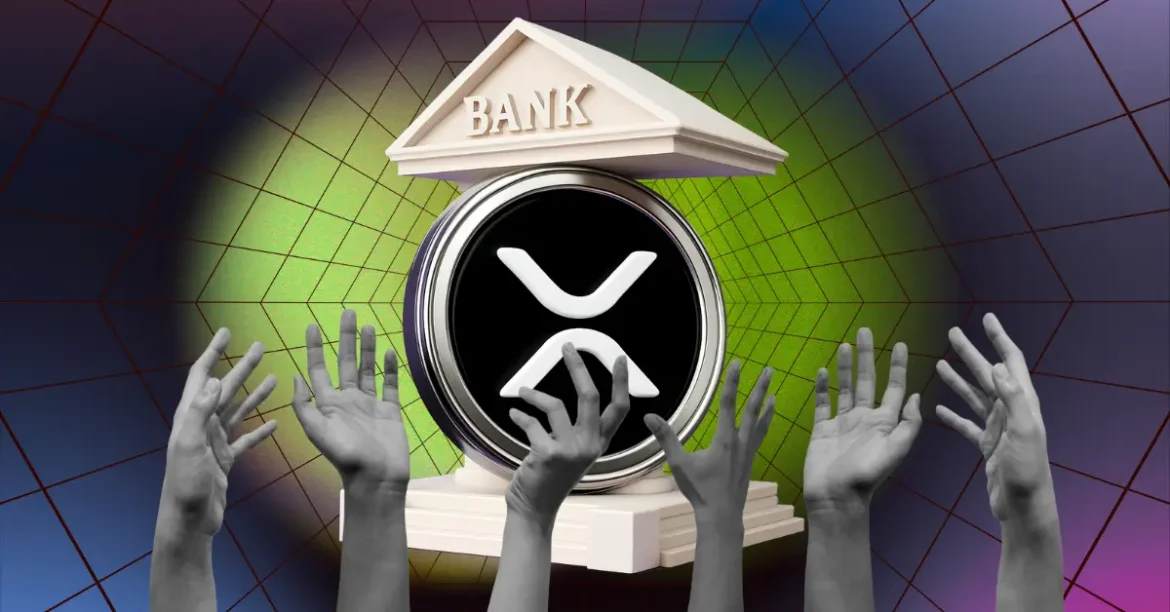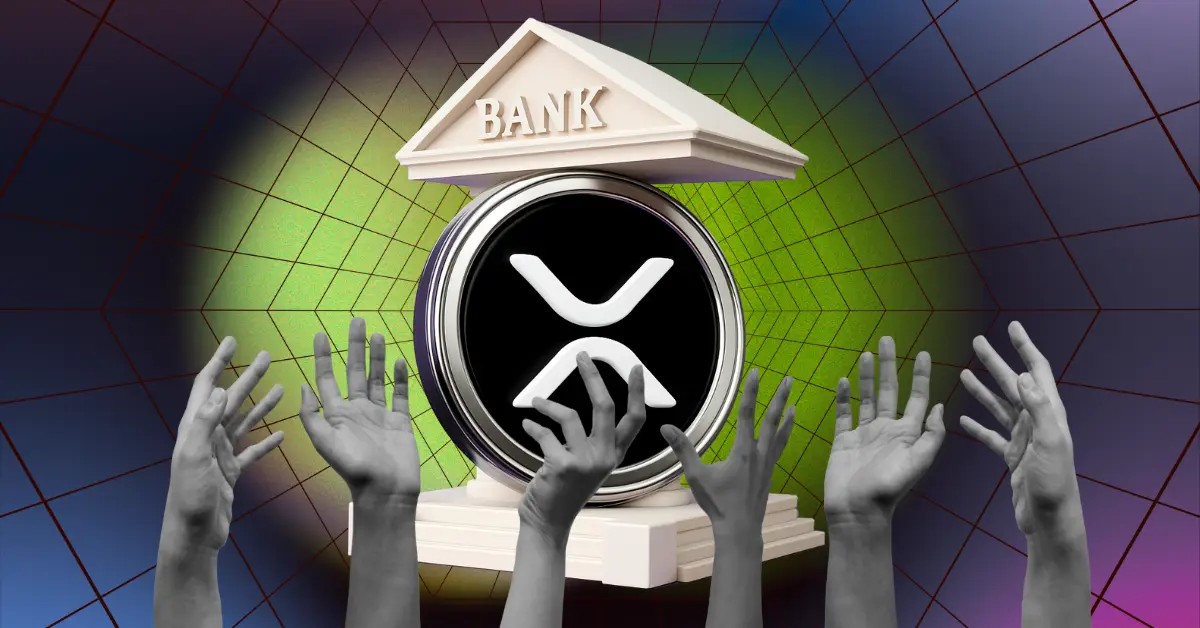Ripple’s Banking Ambitions: Fact or Fiction?
The financial technology landscape is abuzz with speculation regarding Ripple’s future—specifically, whether this blockchain-focused firm is on a direct path to becoming a licensed bank. Rooted in its pioneering technology and strategic banking partnerships, Ripple has disrupted traditional cross-border payments and has even sparked a conversation about redefining banking infrastructure. To understand what’s reality, myth, or emerging trend, this comprehensive analysis unpacks Ripple’s trajectory, XRP’s role, and the plausibility of Ripple itself evolving into a bank.
—
The Origin of the Rumor: A Viral Moment Sparks Debate
In early 2025, a clip from the XRP Las Vegas conference went viral, featuring journalist Eleanor Terrett discussing Ripple’s possibility of attaining a banking license. The discussion touched on Ripple’s technology’s efficiency, noting near-zero costs of payments on the XRP Ledger and advocating universal banking access akin to basic human needs like clean air. This moment ignited speculative chatter across social platforms and crypto communities, questioning whether Ripple was pivoting from a fintech innovator to a fully licensed bank.
While the clip triggered widespread interest, it necessitated further investigation into Ripple’s official stance, strategic moves, and the broader implications within the banking and crypto sectors.
—
Ripple’s Current Role in Banking: Technology Provider, Not a Bank
To contextualize Ripple’s ambitions, it is crucial to distinguish what Ripple does today from the notion of it becoming a conventional bank.
RippleNet and Cross-Border Payments
Ripple’s core offering is RippleNet, a decentralized financial network that leverages blockchain technology to facilitate fast, cheap, and transparent cross-border payments. This network allows financial institutions to bypass slow legacy systems like SWIFT, reducing costs and settlement times substantially.
Ripple also offers the On-Demand Liquidity (ODL) service, which uses XRP as a bridge asset to optimize liquidity management during international transactions. This sets Ripple apart from traditional banking infrastructure by embedding cryptocurrency’s utility directly into financial workflows.
Banks Using Ripple’s Solutions
According to reports and market observations, over 100 banks globally are working with Ripple in some capacity. Notably, a consortium of Japanese banks launched “MoneyTap” in collaboration with Ripple, aiming to improve domestic payments. Moreover, the Bank of Japan’s reported adoption of XRP for cross-border payments signals growing institutional acceptance.
However, many banks employ RippleNet’s technology without directly utilizing XRP as a bridge currency—making XRP’s price movements unlinked to some banking transactions and underscoring that Ripple’s solutions can function independently of full crypto asset adoption.
XRP: The Token’s Ambiguous Role
XRP often sits at the center of confusion. While it underpins aspects of RippleNet’s liquidity solutions, Ripple itself does not require banks to use XRP to gain access to its payment networks. This nuance explains why some commentators and industry insiders claim that banks don’t “need” XRP per se, but rather the streamlined infrastructure Ripple provides.
CEO Brad Garlinghouse has expressed confidence that U.S. banks will increasingly adopt XRP to capitalize on cost efficiencies, especially after partial legal victories over the SEC boosted institutional sentiment. Yet, a majority of banks remain cautious, reflecting regulatory uncertainty and internal strategic deliberations.
—
Ripple’s Future Vision: Becoming a Licensed Bank?
Public Signals and Market Analyst Speculation
Crypto analyst discussions and strategic chatter suggest Ripple is laying groundwork to transform from a fintech vendor into an infrastructural financial powerhouse. This would involve Ripple obtaining a banking license, potentially operating as a digital bank with direct regulatory oversight—a bold move that could disrupt traditional banking paradigms and rival central banks in transaction processing.
Some industry voices, such as prominent figures on social media and crypto forums, emphasize Ripple’s ambition to rewrite “banking DNA.” Others point to Ripple’s regulatory-friendly stance, EVM blockchain integration efforts, and asset tokenization projects as clear signals toward institutional adoption and bank-like functions.
Acquisition Rumors and Strategic Mergers
Additional intrigue stems from rumors of Ripple potentially acquiring or merging with entities like Circle, the issuer of the USDC stablecoin. Such a union might expedite Ripple’s entry into banking and expand its financial service offerings.
Legal experts and XRP advocates speculate this move could solidify Ripple’s pathway to becoming a bank compliant with U.S. regulations, but these remain conjectural without official confirmation.
—
Why Would Ripple Pursue Banking Status?
Enhanced Regulatory Clarity and Trust
Acquiring a banking license offers Ripple regulatory legitimacy, easing relationships with traditional banks and financial institutions wary of decentralized finance and cryptocurrency volatility.
Expanding Service Capabilities
Operating as a bank enables Ripple to integrate banking services directly, such as deposit-taking, lending, and custody—transforming previously fragmented service layers into a cohesive ecosystem.
Competitive Edge in a Rapidly Changing Market
With global banking entities increasingly exploring crypto and blockchain, a licensed Ripple bank could serve as a pivotal intermediary, accelerating crypto adoption while protecting clients with regulated safeguards.
—
Challenges on the Horizon
Despite momentum, challenges prevail:
– Regulatory Scrutiny: Past litigation with the SEC and ongoing regulatory ambiguities over crypto securities classification remain clouded.
– Bank Adoption Hesitancy: Many banks are reluctant to fully embrace cryptocurrencies, and large-scale XRP utilization is not yet industry standard.
– Market Volatility Concerns: Crypto asset price fluctuations complicate direct banking integration.
—
Conclusion: Ripple’s Evolution is Underway, but the Bank Is Still Forming
Ripple’s journey transcends conventional fintech narratives, blending blockchain innovation and banking potential in unprecedented ways. While Ripple has not yet become a licensed bank, it is unmistakably moving toward increased institutional integration, regulatory alignment, and possibly banking licensing.
The viral buzz about Ripple obtaining a banking license reflects deeper trends—a fintech company strategically pushing to become an essential infrastructural player in global payments. Whether Ripple will fully transform into a bank remains an unfolding story, driven by regulatory outcomes, banking partnerships, and market appetite for digital asset integration.
In the meantime, Ripple continues to revolutionize cross-border payments, positioning XRP and its platform as pivotal tools for the future of finance. For stakeholders watching this space, Ripple’s evolution promises to reshape how money moves in a rapidly digitizing world.





